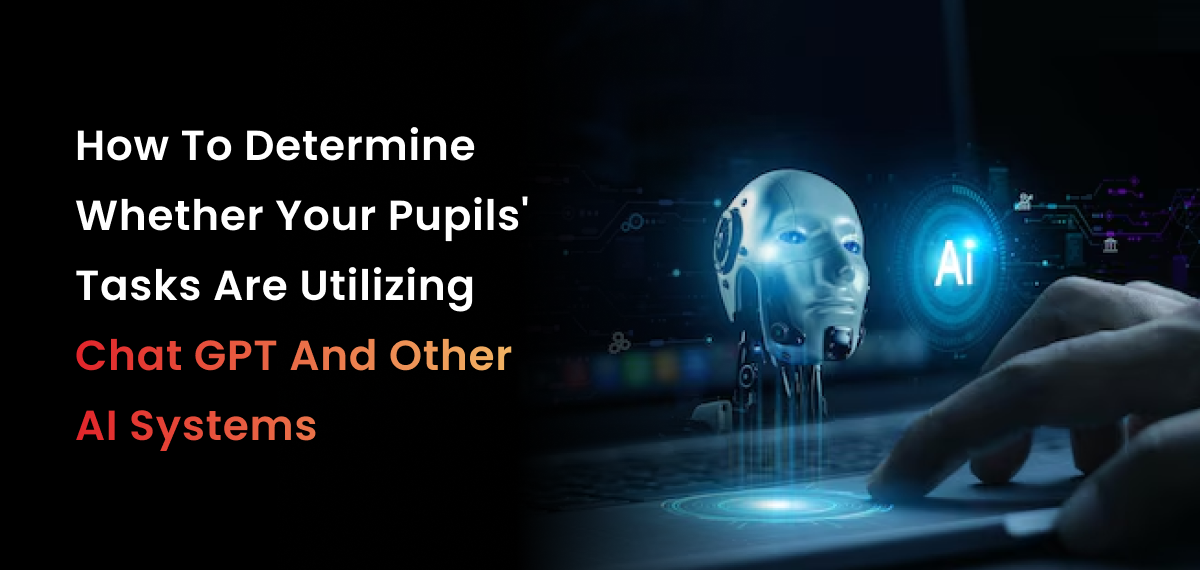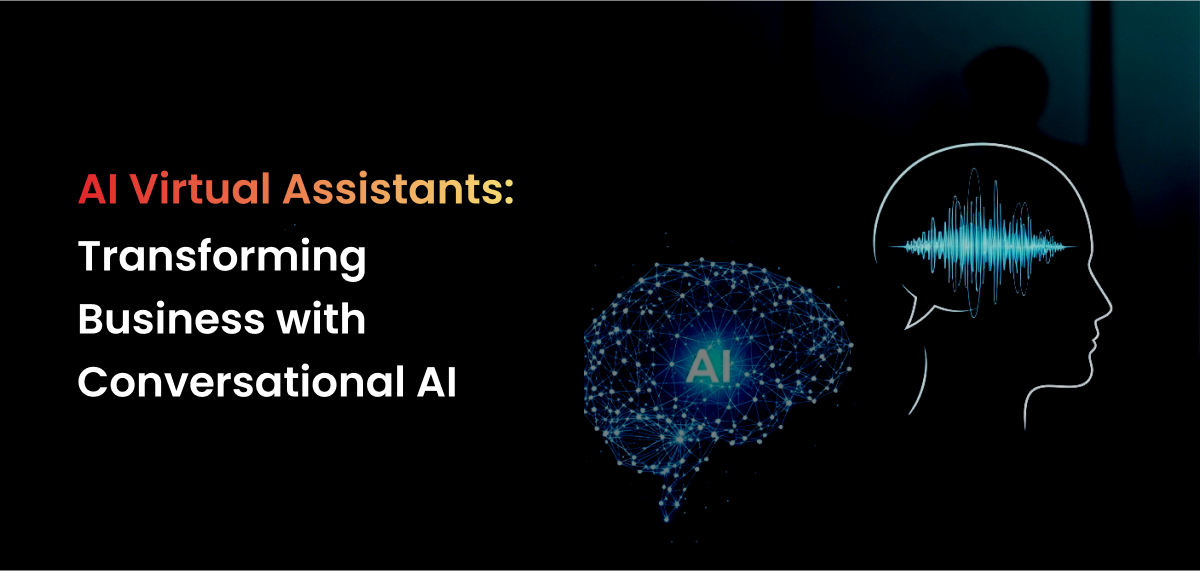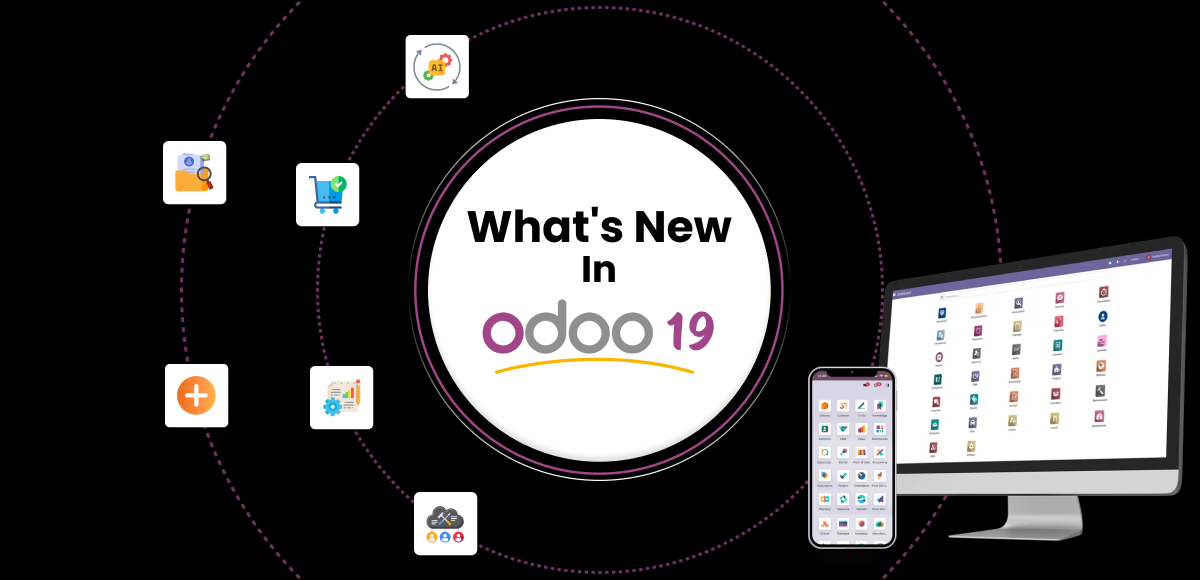Cheating is an age-old concept that has never diminished through the ages. Since time immemorial, students have made attempts, to borrow knowledge from their peers to fulfil their individual ambitions. But hold on, time rewinds itself to the year 2024, and rather than learning from each other, the assistance offered is through AI Social Media Assistant– the AI-powered technology.
It is simple and plain to understand the reason. The cheap essay writing services, where a student had to cough a lot of money for a stranger to write a ten-page paper on the rise and fall of the Roman Empire for him, are gone. Such a task, or rather, such a fancy, can be accomplished by oneself, in less than a minute, with any mobile phone, handheld computer or laptop on a downloadable AI writer app, free of charge.
The strategic communication professor states in the article that it is not strange to see students who worked with ChatGPT, Grammarly or EssayGenius.
It goes on to state that most of the time when students submit work done entirely using these tools, there are clear signs. Clear signs can include using meaningless words and an annoying tendency of AI to provide information that is completely off target.
How to engage students using ChatGPT in class
For instance, students can easily resort to the use of ChatGPT, simply copying the question on their coursework set by the instructor and pasting it on the device.
One of the very evident indicators, according to the professor, is the degree of repetition of the core ideas contained in the question throughout the paper. That is, if the paper is on the Roman Empire, the AI utility will mention the Roman Empire in the body of the work several times, something a layperson will not.
Students hardly ever try to overuse any key terms in a question, so the assignments prepared look more like net search engine optimization than an essay demonstrating an understanding of a certain issue.
But that surely means that educators should take advantage of AI in order to know the level of the students.
So we invented some strategies to make less-than-honest and uncreative attempts to avoid recognition of artificial intelligence.
This is how she presented the material to CNET – Professor Rachel Kane:
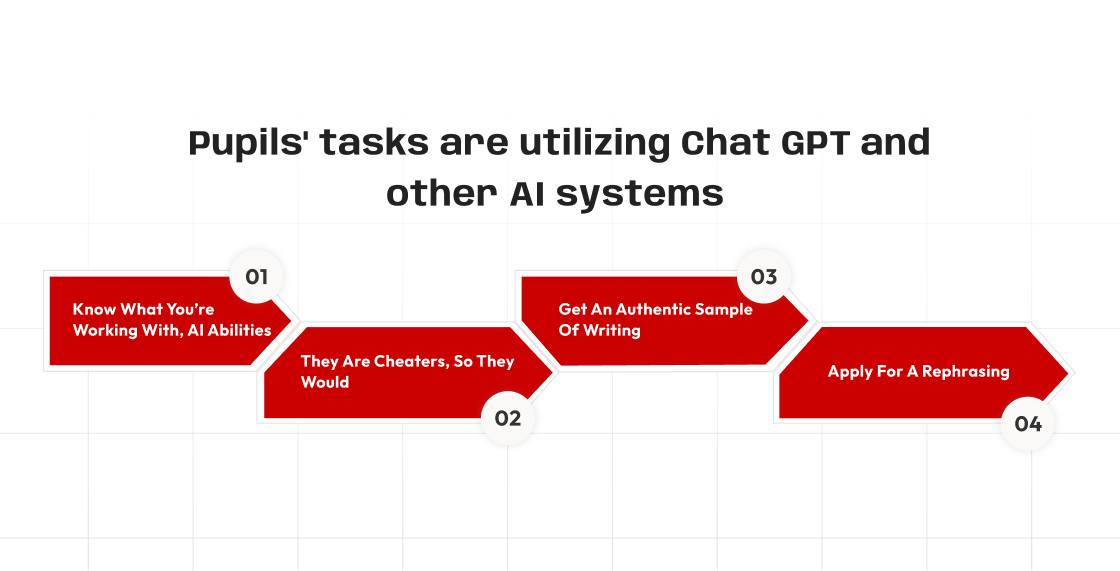
- Recognize what you are dealing with, AI capabilities: Various AI-based products exist in the market, capable of examining a task and its corresponding grading criteria, then generating an appropriate, complete, and referenced paper in no time. The introduction of such Tools is seen as a key measure in the fight against performance-related integrity issues associated with the use of AI.
- They are like this: As the semester comes to an end, you will engage a writer from an essay-writing service to do your entire portfolio in ChatGPT. When there is a sample of the writing that fits the kinds of assignments you have, it helps to know which is real and which is machine work. In that case, also, the use of own software is also possible, one which aids in identifying what part of the text is written by a person and what is computer-generated on a given paper.
- Get a non-plagiarized writing sample: During the break, all have to be conversed to take a holiday from all constraints and backgrounds, free writing a one-word long essay from each of them. Upon getting such a primary writing style prescription for the student, you may, later on, come back to the case and employ an artificial intelligence strategy for any alteration of the text provided concerning the writing capabilities, without touching the student’s submission.
- Put a request on a rewording: As soon as you want to understand that the assignment of the pupil was changed with some artificial intelligence, then get the pupil’s paper and give it to a copy robot. Most often pertaining to this we have had some artificial intelligence rewrite software, which in this instance does lazy rewriting by just modifying a few words without altering any creativity from the previous work.
But even after that, we will have many ways to prevent students from cheating and to promote studious students. All the best to you, teachers, you will need it.
With the advances in the use of AI in education, it becomes the duty of the educator to ascertain when students cross the line and use these AI systems in unacceptable ways. Writing style, content organization and special detection tools help teachers draw a line on the extent of AI involvement in student work. Braincuber can be an excellent academic behavior monitoring and analysis tool for teachers, which helps to ensure that learning outcomes are not compromised by the use of AI.
Frequently Asked Questions (FAQs)
What are the common signs that a student’s work is AI-generated?
Common signs include repetitive use of key terms, lack of original thought, and an overly polished or unnatural writing style. Educators can also use writing sample comparisons and AI detection software to identify AI-generated content.
How can teachers effectively monitor for AI-assisted student work?
Strategies include requiring original writing samples, using AI detection tools, and closely examining the content and writing style of student submissions. Maintaining awareness of AI capabilities and educating students on academic integrity are also important.
What are the implications of students using AI systems like ChatGPT for their assignments?
The use of AI systems can undermine the learning process, compromise academic integrity, and prevent educators from accurately assessing a student’s true understanding and abilities. It is important to address this issue proactively.
How can educators leverage AI to enhance learning and assessment?
While AI can pose challenges, it can also be used to support learning, such as providing personalized feedback, generating practice questions, and assisting with research and writing tasks. Educators can explore ways to integrate AI responsibly and ethically.
What strategies can schools and universities implement to prevent and detect AI-assisted cheating?
Strategies may include implementing AI detection software, educating students on academic integrity, designing assessments that are less susceptible to AI-generated responses, and fostering a culture of honesty and responsibility in the learning environment.
